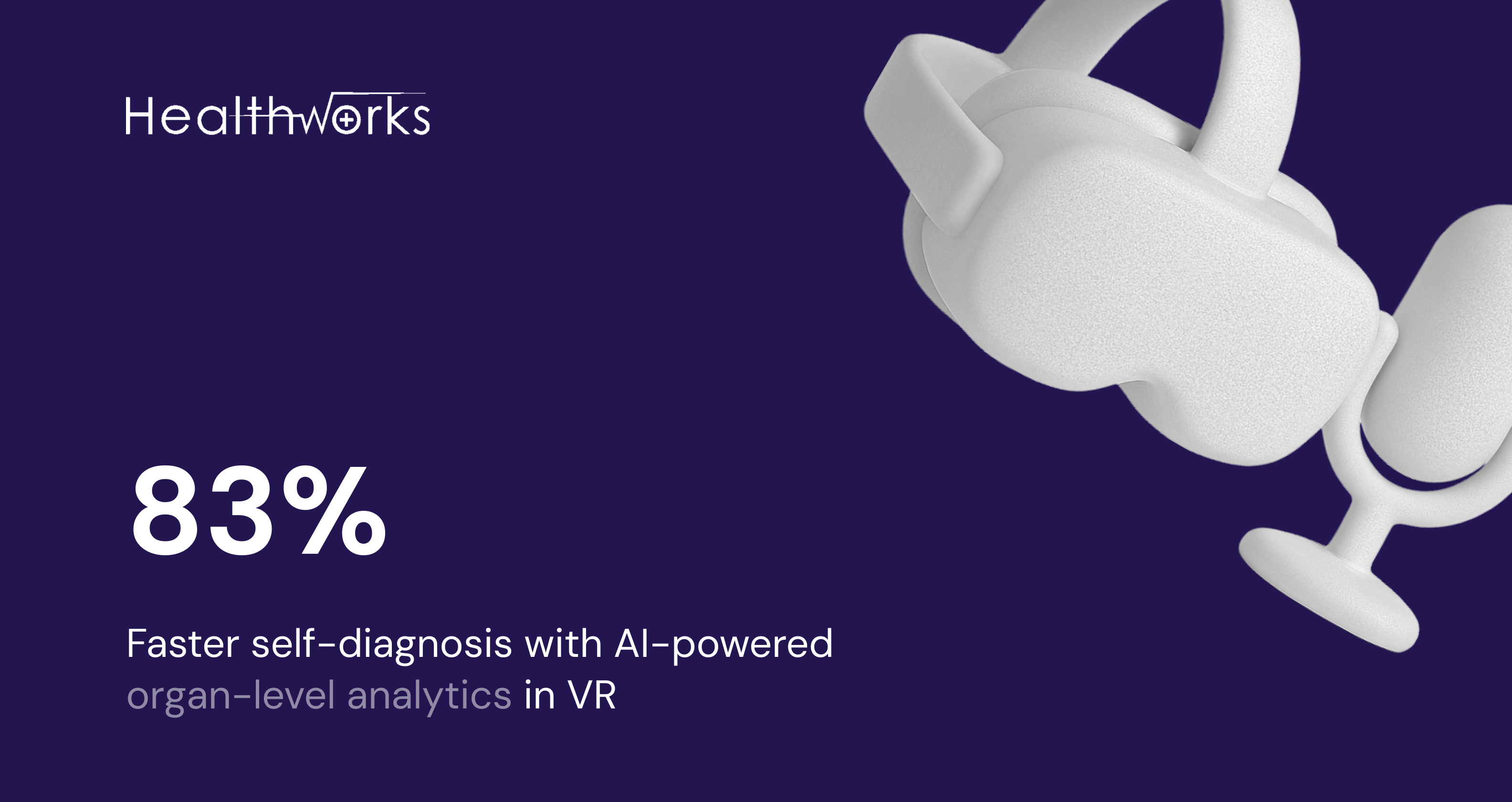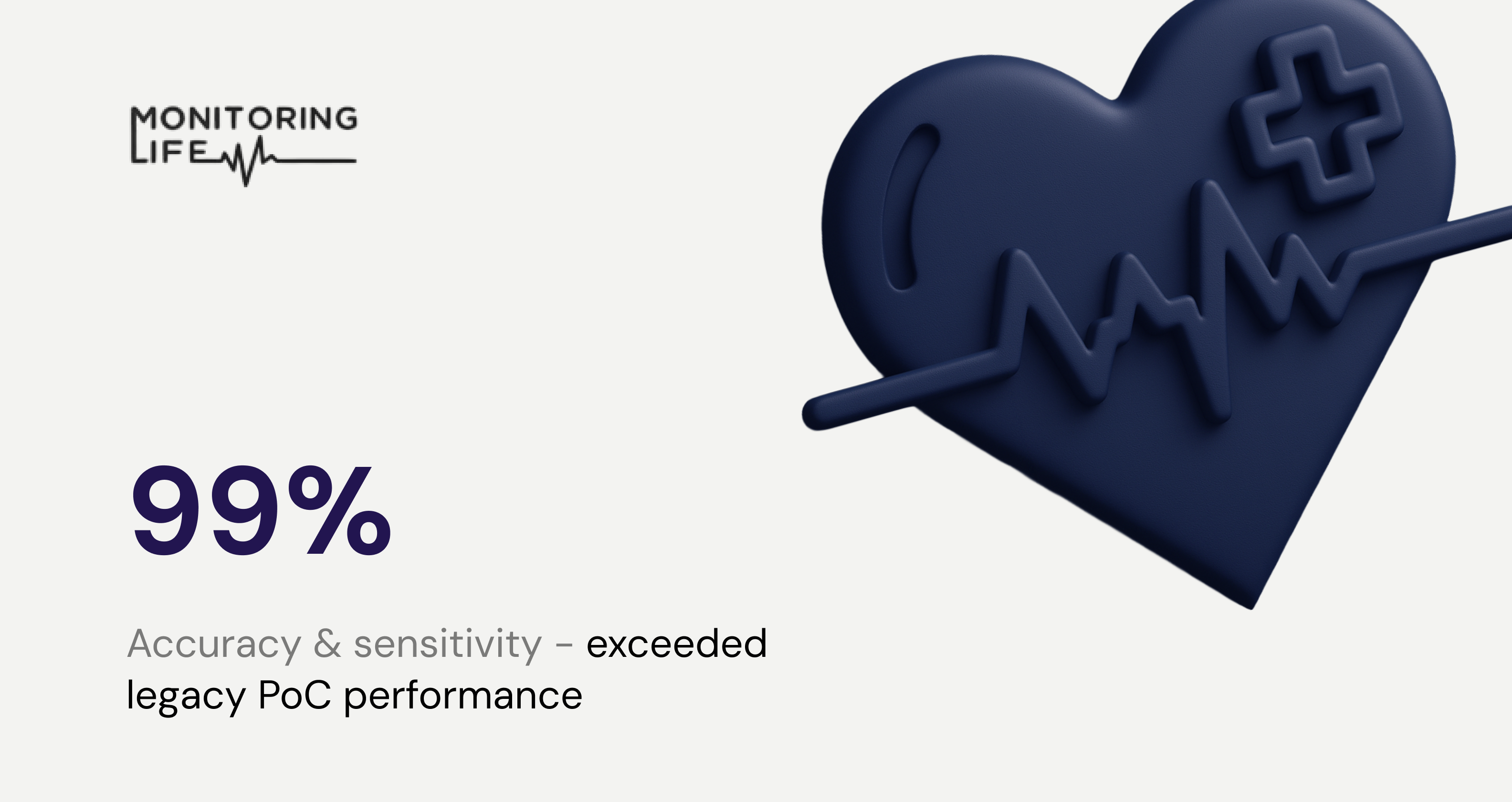- Customer Stories
- /
- AI & Custom Software Development For Surgical Center

AI & Custom Software Development For Surgical Center
For predicting various medical outcomes.
Reduced incidenceOf multi-organ dysfunction (MOD)
Reduction in secondary infection rates
Increase in operational predictability and planning
Academic medical center focused on critical care, research, and medical training.
See TestimonialHealthcare
Industry
Germany
Location
AI, ML, Data Science, Data Management, Web Development
Services
$50,000 to $199,999
Budget
Blackthorn.ai is great at adapting to our needs; it’s not easy to work with us as a critical infrastructure provider because we have many restrictions that make it difficult to work with data since it has to be secured.

Under NDA
Deputy, Surgical CenterA hospital faces complexities in accurately predicting medical outcomes, such as the expected hospital length of stay, and deciphering the effects of various medical indicators on these processes.
See what we can do for youSolution
We developed machine learning models for predicting various medical outcomes, integrating feature engineering, model selection, and interpretability techniques for enhanced decision-making in healthcare settings.
Let’s talk about what’s possible
To support a data bank and develop a web portal, Blackthorn AI applied:








Project duration
01–03 Week
Developed a model to predict patients’ total hospital stay duration.
04–05 Week
Built a separate model to estimate ICU-specific stay duration.
06–07 Week
Designed a model to predict the risk of secondary infections.
08–12 Week
Delivered analytical reports and data visualizations with clinical insights.
Team Size






Delivering Impact
Beyond the values already highlighted, there’s even more to discover. Our commitment to innovation, client success, and impactful results sets us apart
Book a Meeting47%
Reduced incidenceOf multi-organ dysfunction (MOD) through early, targeted clinical action.
30%
Reduction in hospital queuesStreamlined patient admission and discharge processes.
40%
Increase in operational predictability and planningImproved accuracy in predicting hospital length of stay enabled better resource allocation and patient flow management.
12%
Decrease in length of hospital staysThis efficiency not only expedited bed availability for incoming patients but also significantly enhanced overall hospital capacity.
22%
Reduction in secondary infection ratesEarly prediction of secondary infections led to preventative measures, reducing secondary infection rates.

